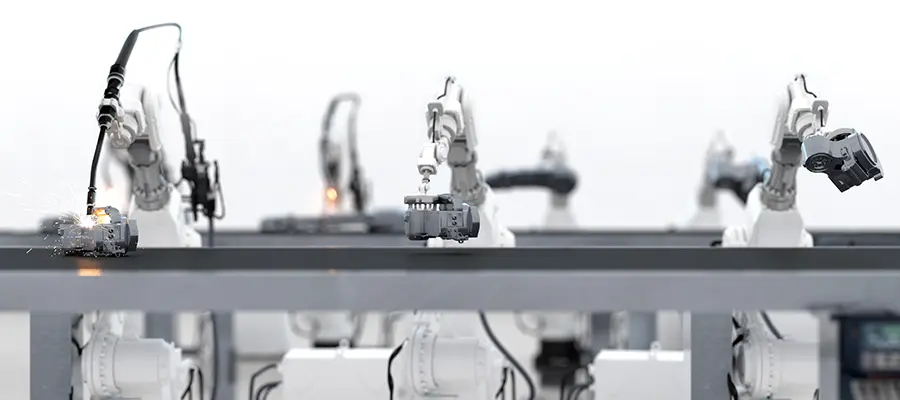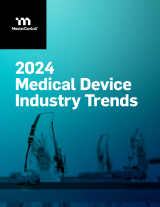
GxP Lifeline
Medical Device Industry Trends: Internet of Medical Things

We haven’t quite reached the point where everything is connected to the internet and exchanges information, but we’re well on our way. Our cars, homes, and refrigerators can all connect to apps on our phones. While this offers convenience, it also presents significant risk. For example, your ability to unlock your front door with an app also gives a hacker that ability if your account is compromised. And it’s only a matter of time before the voice-controlled Alexa turns into HAL 9000. This is directly tied to a medical device industry trend.
When this level of interconnectivity is applied in a medical setting, it’s referred to as the Internet of Medical Things (IoMT). IoMT technologies let physicians monitor patients remotely and collect more medical data faster than would be possible in any other way. However, just as with other connected devices, those in the medical sector need to be carefully controlled to ensure they remain secure. When this is done, the benefits outweigh the risks.
IoMT Benefits
One IoMT device that patients with diabetes are using is a continuous glucose monitoring device. Because the device takes readings regularly every few minutes, it gives patients a better picture of their blood sugar levels than pricking their fingers a couple of times a day. That also means patients know quickly if their readings are abnormally low or high. The increased amount of data from the device tells your provider how you’re reacting to changes in treatment and lets them give you more personalized care. Connected devices in general are touted as a way to personalize care and get a more accurate overall picture of your health.
That all sounds great. Because it is. Remote patient monitoring can mean fewer trips to the doctor’s office, fewer blood draws, and more accurate data analysis. IoMT technologies can do more in less time than can be done with traditional methods. For patients dealing with chronical health problems, a more accurate picture of health and how they’re reacting to treatments can improve quality of and extend life.
IoMT Challenges
Of course, there are challenges. These primarily break down into two categories. The first involves protected health information (PHI). Patient data from a smart device would be considered PHI, meaning that these devices need to comply with the Health Insurance Portability and Accountability Act of 1996 (HIPAA) in the United States, the General Data Protection Regulation (GDPR) in the European Union, and similar regulations in other jurisdictions. These revolve around protecting patient privacy, which leads directly into the other challenge — cybersecurity.1
Even if a medical device isn’t part of the IoMT, cybersecurity is becoming more important to regulators and is now considered part of a device’s quality. Specifically, a software bill of materials (SBOM) can be tied to the requirements in 21 CFR Part 820. Without proper controls, vulnerable devices can be the means of exposing the PHI mentioned above, but it can also lead to life-threatening situations. If a medical device such as a pacemaker was compromised, it could lead to a death. This doesn’t mean that the IoMT should be avoided, but emphasizes the need for proper controls.
Conclusion
The IoMT has a lot of untapped potential when it comes to personalizing the patient experience and improving the amount and quality of patient data. However, this can only be realized if medical device companies provide the security necessary to ensure patient information and control over the devices. Without this assurance, health care will never reach the level of connectivity that the IoMT promises. This isn’t a new medical device industry trend, but it’s one that continues to unfold as technology advances and medical device companies get better at cybersecurity.
To learn about other trends affecting the medical device industry, download “2024 Medical Device Industry Trends.”
References:
- "The Expansion of IoMT Technology Requires Stringent Privacy Protections,” Kristen Bednarczyk and Mindy Herman, MedTech Intelligence, July 25, 2023.

